Here are some more photos from Leuthen. I've only just figured out how much easier it is to upload photos if you select the new editor in blogger.
The monument to Frederick's victory viewed from the north on the road between Frobelwitz and Borne. Hopefully this photograph illustrates the gentleness of the rises in the ground that are overemphasised on a lot of the maps we are used to using. When i was walking down the road looking for the Schonberg, I was on the lookout for a relatively steep hill like the one hinted at on the map below, and was therefore very surprised to spot it on such a flat horizon. That said, the photo in the previous posting shows that, despite its low gradient, it provided a commanding view that helped Frederick assess the Austrian position.
The Leuthen monument from another angle. The back features an inscription that states which Corps of the German army of the 1930's erected it. With all the graffiti it was barely legible.
The village of Borne (ŹRÓDŁA) as seen from the Schonberg. On the far side of the buildings, the hussars of Frederick's advance guard routed a force of Austrian hussars and Saxon chevaulegers, taking some 600 prisoners. These were led past the advancing Prussian forces to raise the morale of his troops, many of whom were from the army that had lost Breslau not long before.
Radaxdorf from the north, which can be reached by following the track that led from the main road to the Schonberg monument.
Old buildings in Radaxdorf. Here you can the red brick construction, distinctive of Silesian buildings at the time, where the outer layers have worn away.
The area to the south of Radaxdorf and Lobotiz, where the Prussian flanking force turned eastwards, in the direction of the Austrian's weak left flank.
Another view of the buildings of Sagschutz, the position of the Wurttemburger's on the Austrian left.
The street running through the centre of Sagschutz.
Old brick-built barn in Sagschutz.
The open ground the Prussians moved across towards Leuthen, after demolishing the weak left of the Austrian army.
A monument dedicated to 'the heroes of the battle of Leuthen', said to be located at the point where the Prussian Guards entered the churchyard through a breach created by a cannon. A romaticised depiction of the event by Carl Rochling can be seen below.
The building that was once the museum of the battle. It is directly opposite the Catholic church.
One of the churchyard turrets viewed from the inside.


.jpg)
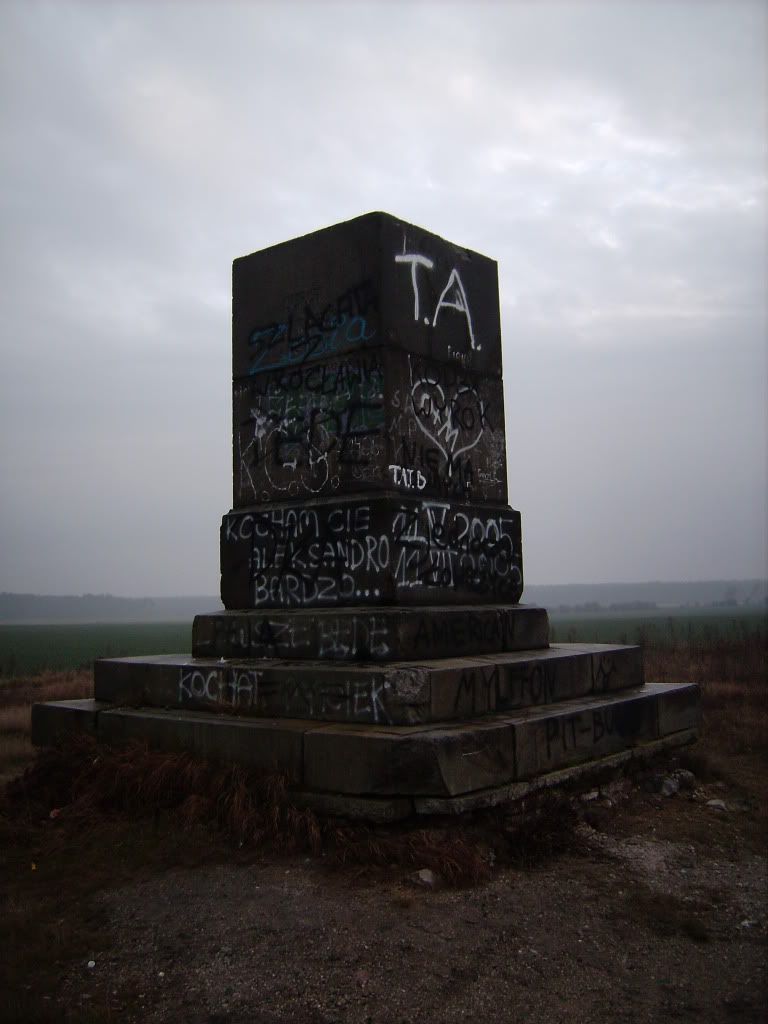
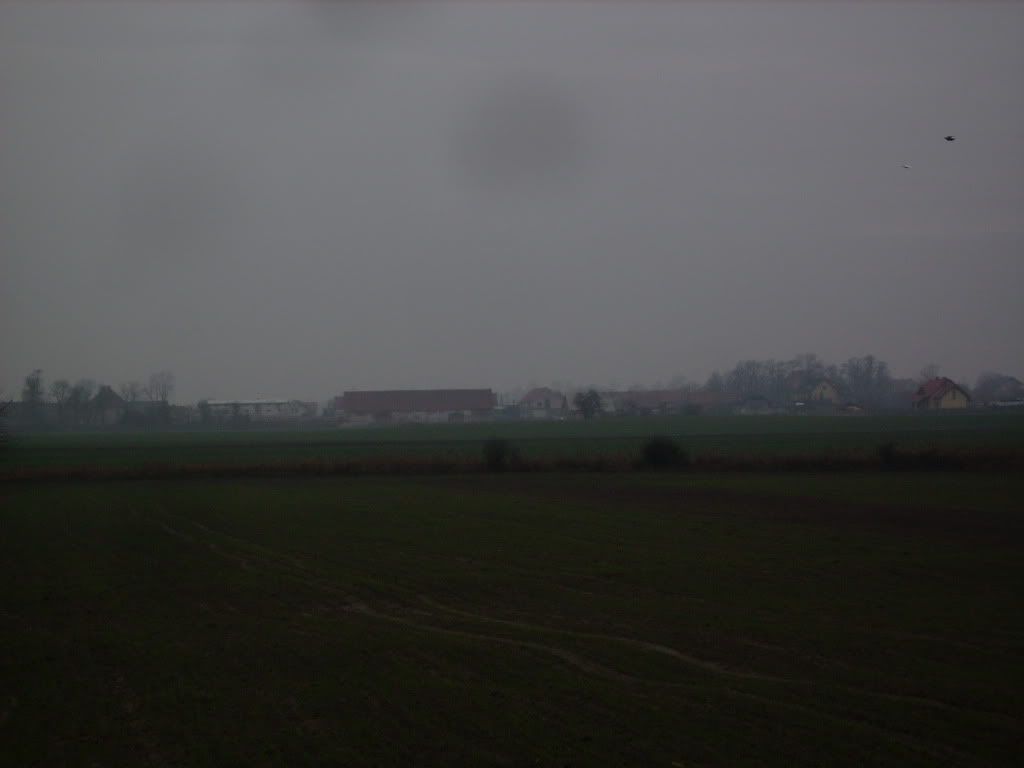
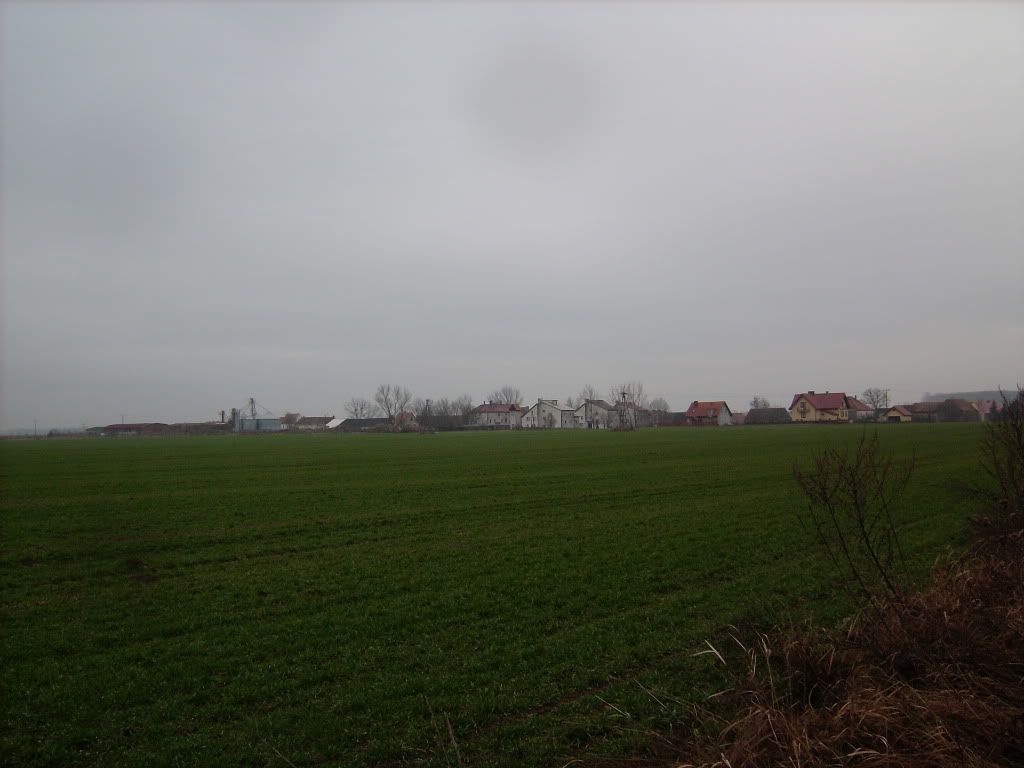
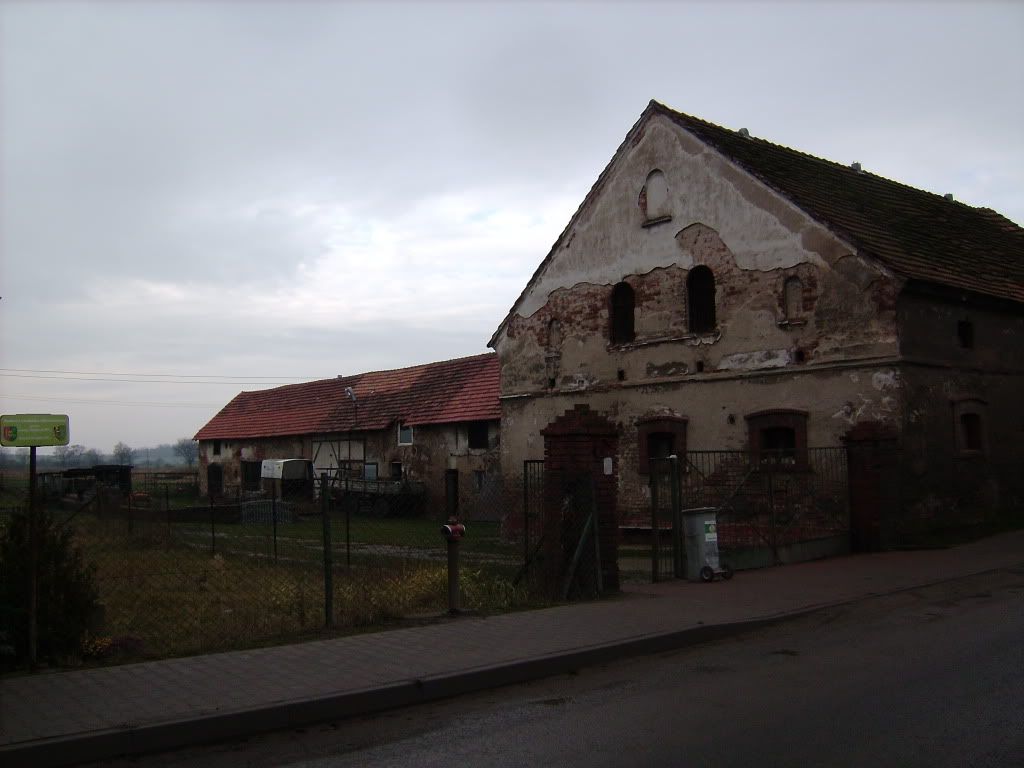
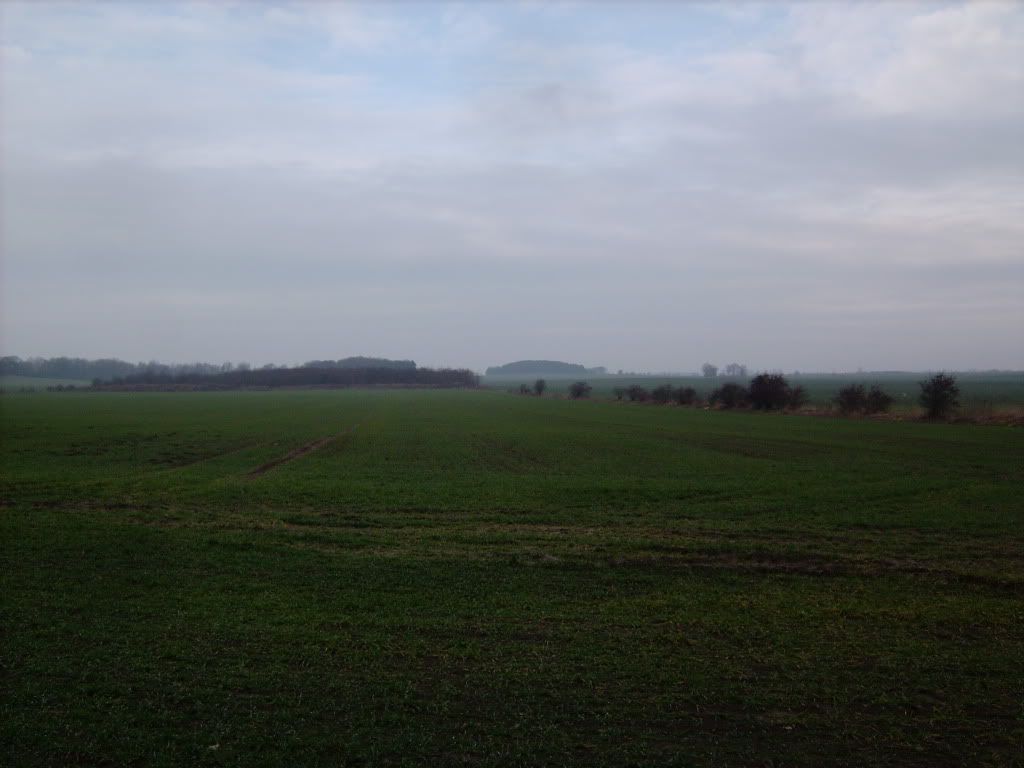
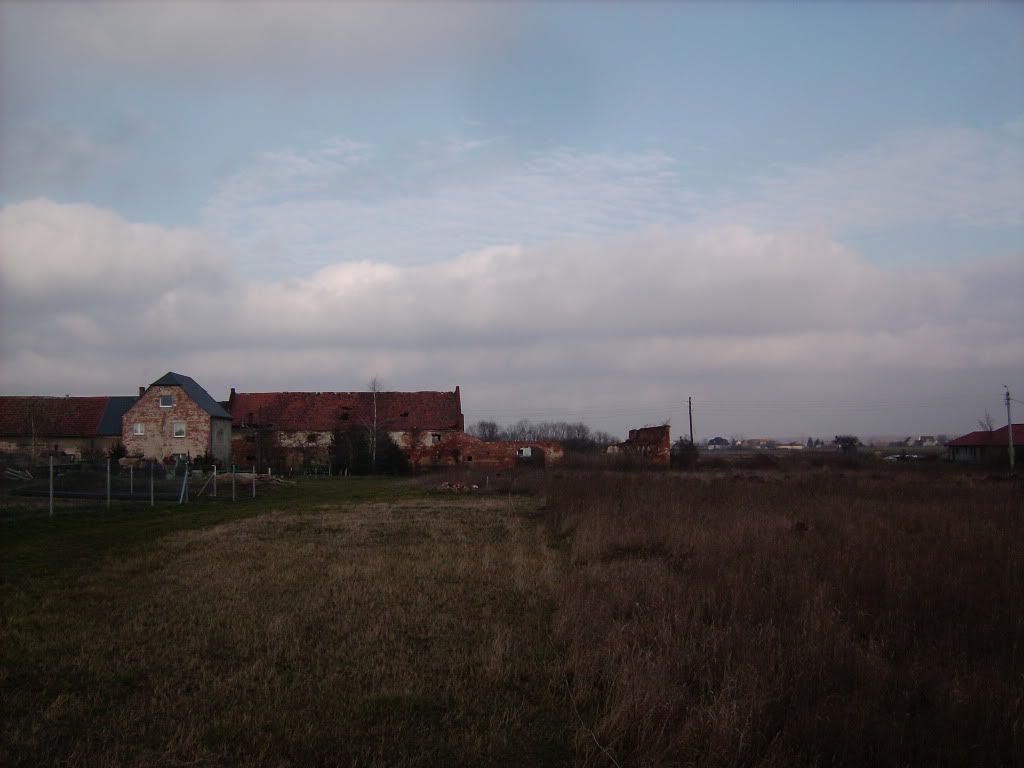


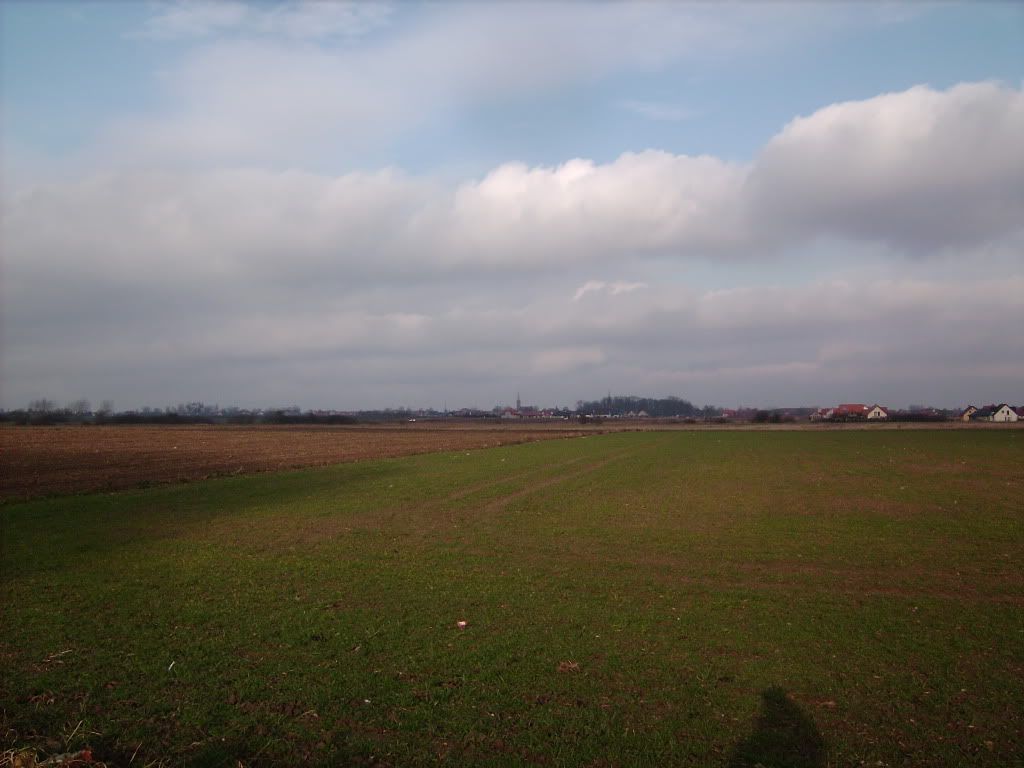
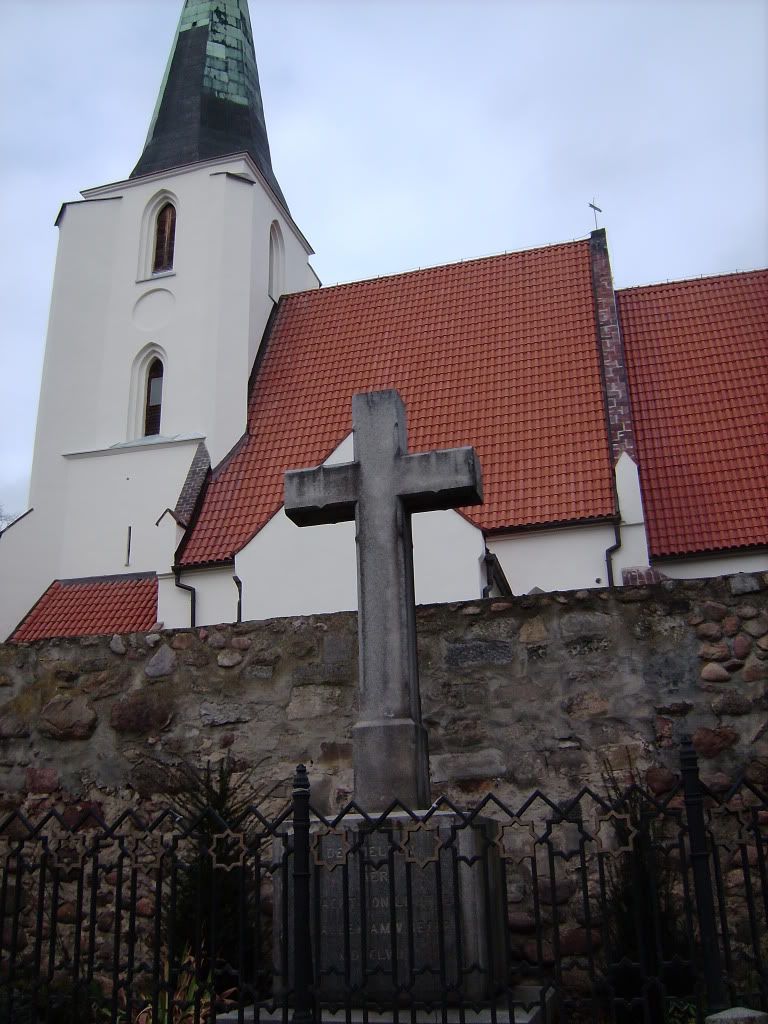
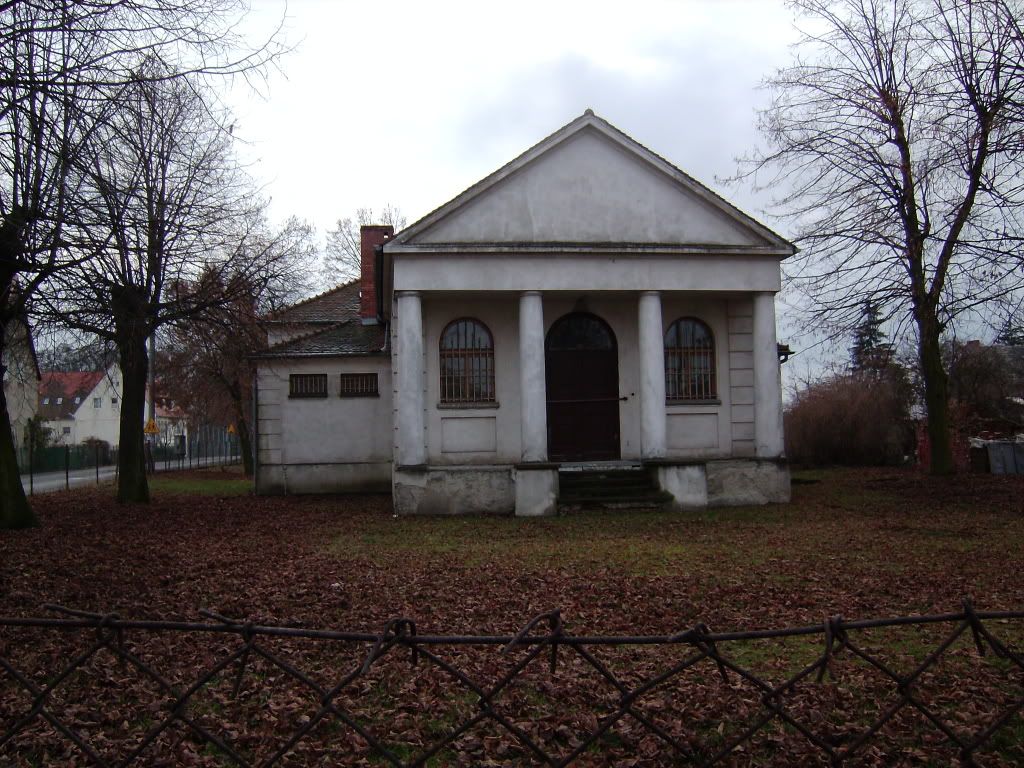
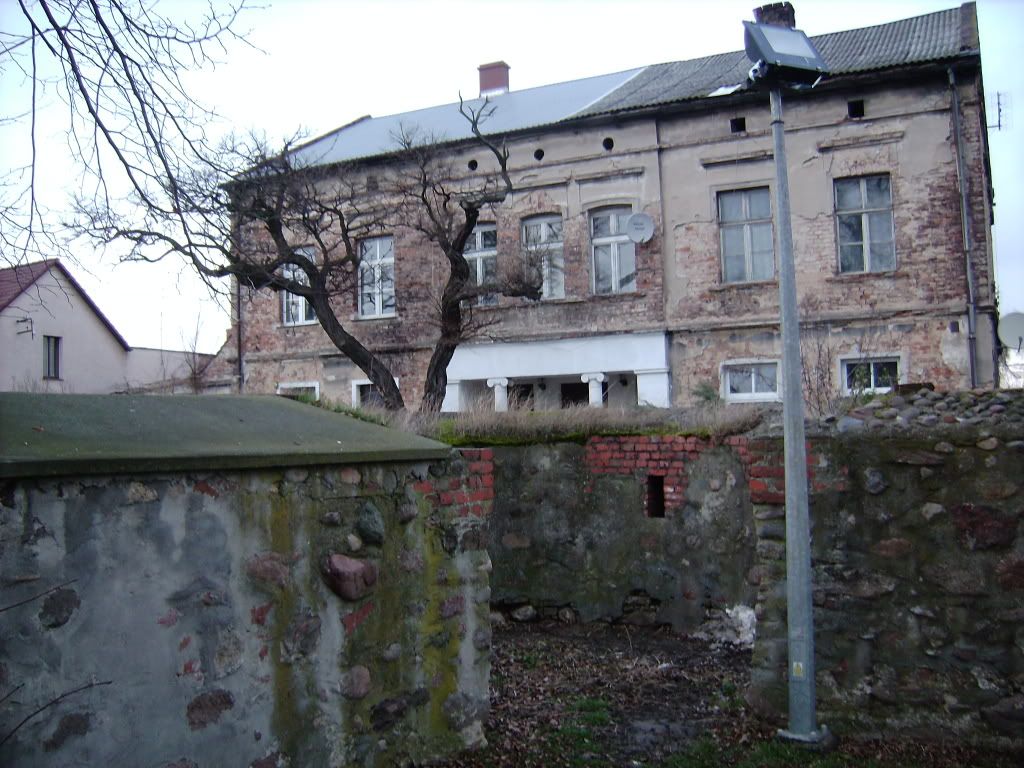
Nice pictures. We almost encountered one another on Dec 5. I had planned to arrive in Berlin Nov 27, to Rossbach, then to follow
ReplyDeleteFrederick's trek to Parchwitz. 3-4 days in the Leuthen area including Dec 5! A family situation prevented this - nothing bad, just
needing a change of plans. Have rescheduled
for September.
Pardon, a comment, please: your description above, "The village of Borne (Blonie) as seen...". Borne is now "ŹRÓDŁA", Blonie was
before-end-of-WWII, "Groß Heidau."
Ant more photos? Would really like to see them.
Cheers for the clarification, John. That confused me while I was there, I thought that post ww2 Groß Heidau had had just been made part of Blonie and came under the same name. The whole thing makes a lot more sense now, cheers. I've corrected it on both posts.
ReplyDeleteUnfortunately that is pretty much it with photos, I was worried about my battery running out half way round and not having any left for Leuthen itself.
As further preparation for my September trip,
ReplyDeleteI would appreciate your comments on about ten questions. If you would prefer to do this off the blog, please email me at
john.gunther@cox.net
Many thanks,
John Gunther
Gretna, Louisiana (directly across the Mississippi River from New Orleans)
excellent any more pics of the walls?
ReplyDeleteIs the mueseum any good?
Leuthen tourist info need to clean that monument!
The battle is on my kist of must do in 28mm, as soon as I painmt some more Grenadiers and build a model of the church.
cheers
Matt
Did you ever model the battle in 28mm? I have begun my depiction in same scale.
DeleteHi Matt
ReplyDeleteUnfortunately I don't have many but there are a few more at the bottom of this page:
http://s773.photobucket.com/home/AdamfromLancashire/tag/leuthen?page=3
The museum isn't a museum any more as far as I'm aware. The museum was built before and abandoned immediately after the war (I think, but I'm happy to be corrected). Immediately after the border was shifted westwards and the people who lived there were forcibly removed to be replaced by people forcibly removed from further east, so the people there now perhaps don't feel as strong a connection to its historical events. Wroclaw itself is interesting in that so many of its monuments are dedicated to places the Poles had come from, Lwow etc (like the memorials to people who'd been killed in former Eastern Poland and the Raclawice Panorama, which is simply awe-inspiring). We can't really expect the main monument to be cleaned up any time soon as I think the Wroclaw tourist board has things that come higher in the priority list than a monument to the victory of a no longer existent nation over another no longer existent nation, that was erected during the Nazi period and had a chunk blown away by the Communists (though it was erected by the German army and there is no Nazi imagery on it, I should make that clear). Besides which, as soon as its clean it'll just be vandalised again; it's a drinking spot for the local scallies or whatever the Polish version are called. I'm not judging the locals on that by the way, especially when you think that its nowhere near as bad as that British student who urinated on a war memorial and poppy wreaths over in Yorkshire last year. Pissed nobheads are a curse the world over, it seems. It's nice that the local people haven't allowed the cross in front of the church to go the same way as the bigger monument, and while I was in Wroclaw I was really surprised by how friendly they were to an Englishman whose Polish is limited to 'yes', 'no', 'thank you', 'battle' and 'army'.
Good luck with the grenadiers and building the church, mate. Make sure you post some pictures, I'd love to see the end result.
Thanks
Adam
It's only when you look at the post afterwards that you realise how much you've waffled and rambled on. Sorry.
ReplyDelete